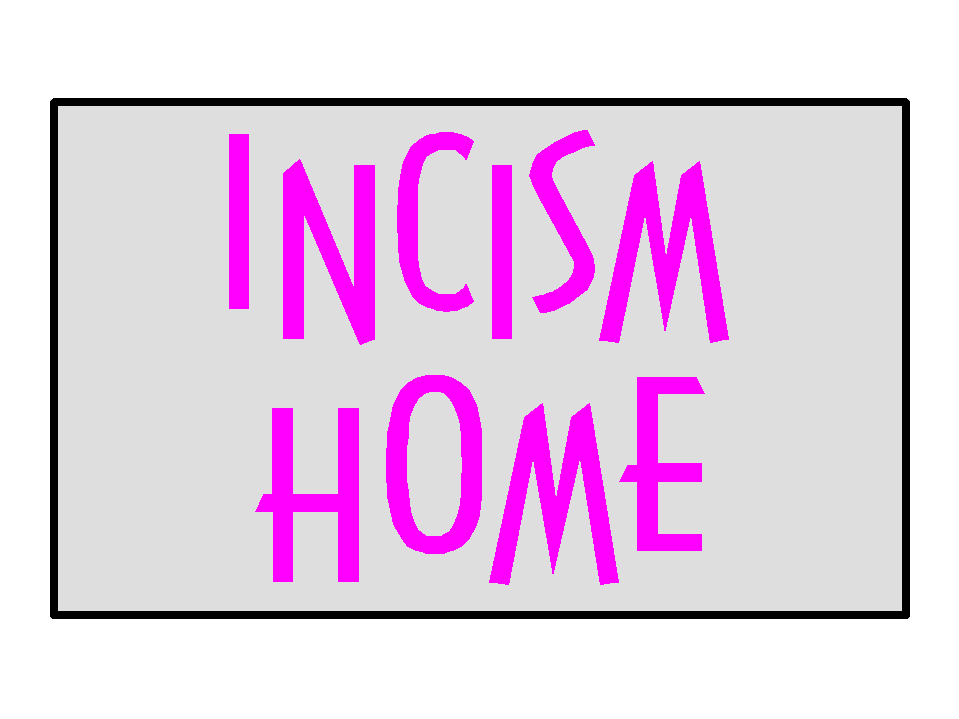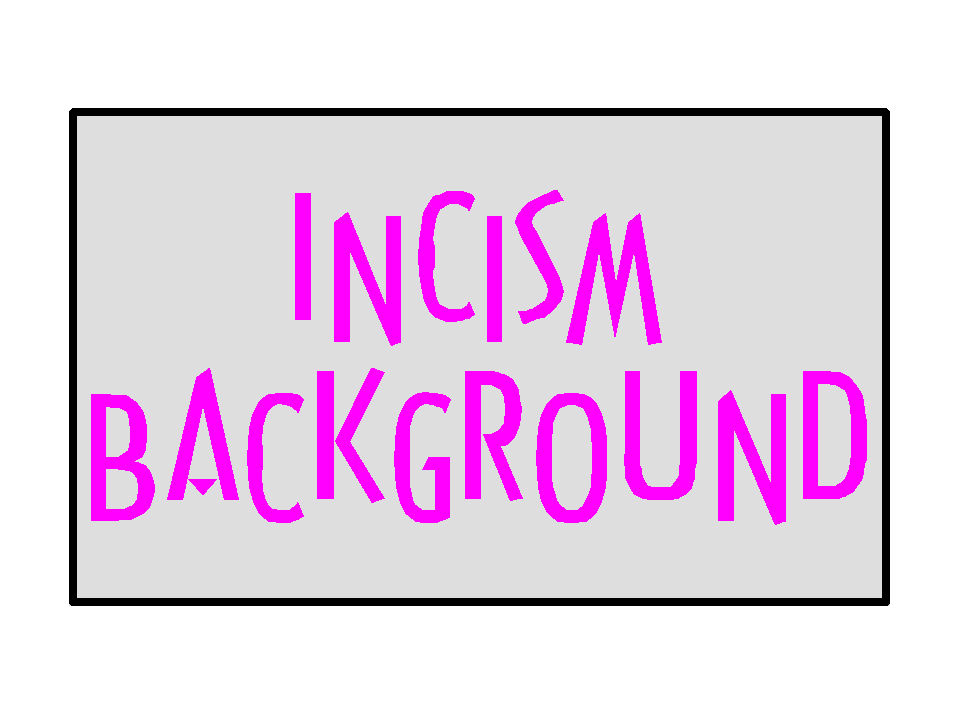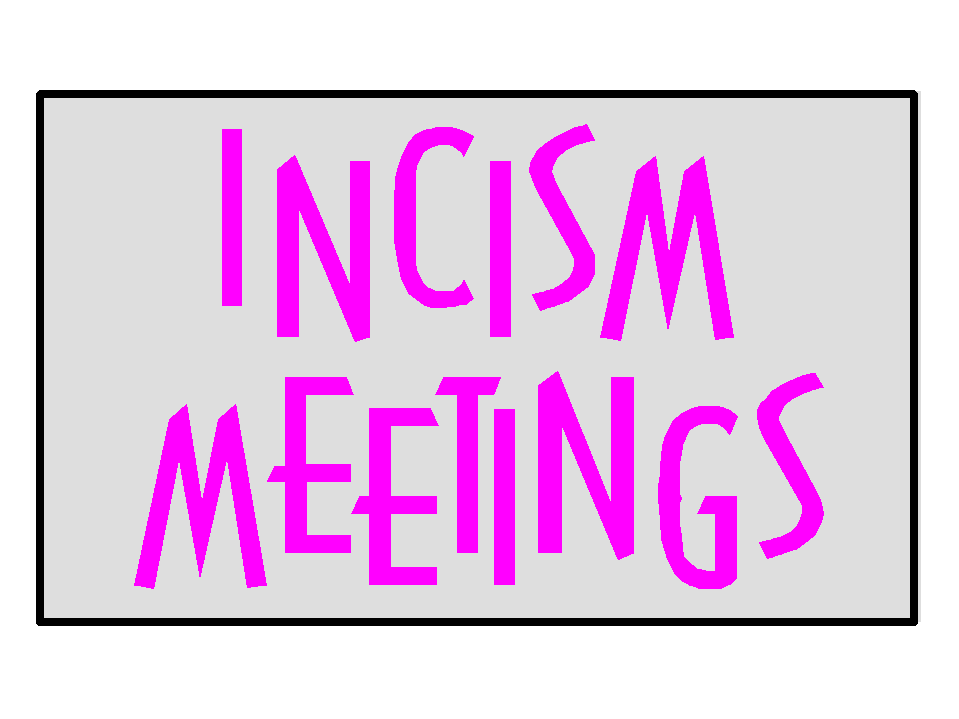



By contrast, it would be easy to stereotype ‘hard’ OR as being based
on an overly naïve view that organisations are machines (Morgan, 1986)
which must be kept well-oiled and in good running order. Taking this view
to its extreme would imply that models are used solely to keep the machine
in good shape by the use of mathematical and quantitative methods. Associated
with ‘hard’ OR are techniques such as mathematical programming, dynamic
optimisation, computer simulation and heuristic planning. All of which
have proved of value in the planning and management of large systems.
Procedural rationality is wider in scope than views based on the calculus
of rational choice. It is clear that different people may seem to share
the same experience and yet may interpret it in quite different ways. Thus,
just as quantitative models may be used to demonstrate the effect of different
policies, so other types of model may be used to explore the consequences
of different ways of seeing the world. This is particularly important when
operating at strategic levels above the merely operational, where there
is more of a concern with ends than with means. In strategic analysis it
is normal for people to argue and debate from different pre-suppositions.
Modelling approaches can help people to understand one another's viewpoints,
avoiding detailed analysis based on false premises.
Soft approaches based on procedural rationality can be regarded as 'interpretive modelling' because their use requires the analyst to operate in a mode which is rather different from that of the technological expert. The idea of the methods is that they should be used to help individuals and groups to think through the consequences of their beliefs and preferences. They are thus ways in which the analyst may facilitate this, by recording what people say or claim and playing this back to them inside a formal structure. The formal structures of the ‘soft’ methods provide a language to talk about these things and may also take some of the heat out of a conflict-ridden situation by forcing the debate to operate at a different level of abstraction. In essence, they may separate a viewpoint from its advocate. The ‘soft’ models are partial interpretations of how an individual or group believes things to be. This does not mean that the analyst must collude with someone whose views of the world may be clearly ludicrous. Instead, the idea is to open people's interpretations to a more public scrutiny.
More background (hard and soft OR)
References
 |
 |
 |